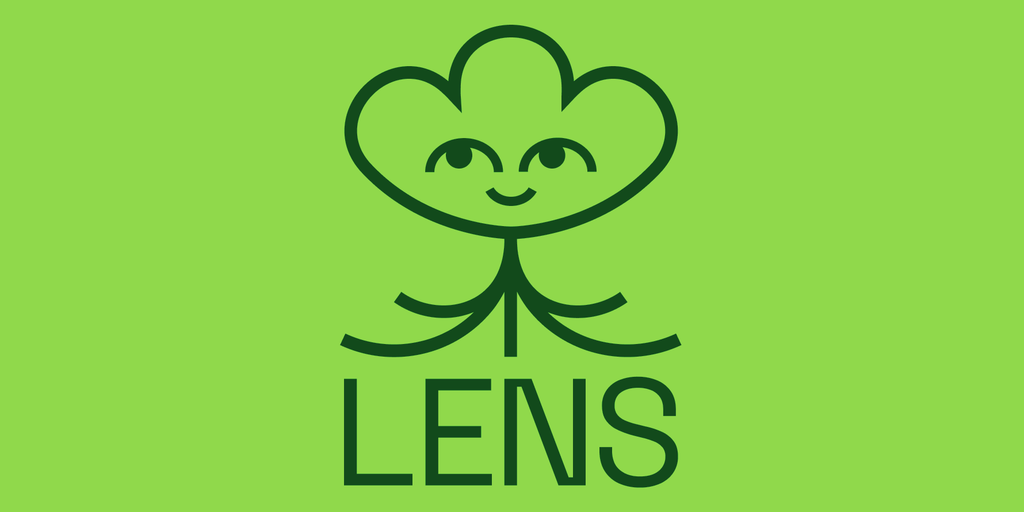On May 18, Aave launched a new protocol to create a social network called “ Lens Protocol ”. It is a decentralized, NFT-based project that runs on the Polygon blockchain. Lens Protocol can power a collection of potential social media apps and services. Although Lens Protocol seems to challenge centralized social networks like Twitter, it takes a very different approach.

https://twitter.com/LensProtocol/status/1526918065409216512?s=20&t=poSjl_lxz8lk8yKorS8hPg
Lens Protocol announced its official opening on Twitter on May 18
What is the Aave Lens Protocol?
As stated above, Lens Protocol is a composable and decentralized social model. The protocol is designed with modularity in mind, allowing new features to be added, while ensuring social relationships and immutable user-owned content.
Aave first revealed Lens protocol branding and details in February, highlighting the ability to create unique NFT-based profiles. It also offers the ability to save content via non-fungible tokens that users hold in their own wallets. LensFrens and Lenster , the first applications already work thanks to the Lens protocol. Today these platforms in the field of social networks do not have a strong influence.
Indeed, Twitter is potentially turning in the future to a decentralized organization. Already the creation of Bluesky represented an initiative directed towards the creation of a decentralized social network protocol.
Furthermore, Lens Protocol runs on the Polygon blockchain because it is environmentally friendly. The ecological blockchain allows each publication on Lens Protocol to have a low carbon footprint, while being on a secure blockchain at low cost.
The Lens Protocol was first hinted at in 2021, when Aave Founder and CEO Stani Kulechov tweeted, ” Since [Square CEO and then Twitter CEO Jack Dorsey] is going to build Aave on Bitcoin , Aave should build Twitter on Ethereum. Aave started well developing a decentralized for social networks, but eventually settled on the Polygon blockchain rather than the Ethereum mainnet.
The purpose of Lens Protocol on the Web3
Social networks have allowed users to find their communities and obtain the freedom to express themselves in any circumstances. They offer the guarantee of connection, independence, livelihood and voice. Web3 brings new hope for the future of social networks. It is the ability to control how user content can be used. Each user is free to own and monetize their content and community without intermediaries and without a centralized entity.
It allows creators to take ownership of their content. The user remains the owner of his profile. From anywhere in the world and in any way. This is the opportunity for everyone to choose how to monetize their content.
In other words, this means that each individual has full control over what is inside their wallet in the form of NFTs. This is how digital identity should work: Unique and for each individual. Basically, it allows users to own their content by storing it as NFTs , unique, non-fungible blockchain-based tokens, in a wallet. The protocol can be used by any application or service, so anyone can use it.
How to use the Lens protocol?
The first step of the Lens protocol is the creation of a profile. Anything the user wants to share can be achieved using a post. They also have two modules attached, a collection module and a reference module.
- The collection module contains the logic that allows other users to turn your post into an NFT.
- This NFT refers to the Uniform Resource Identifier (URI ) of the original publication. The reference module, on the other hand, controls the references of the publication itself. It contains the logic that determines who can comment and share the post in question.
Each user can follow people in order to collect their publications. All collections can become public. Also, the mirror function of the protocol makes it possible to share a publication again after it has been edited. In order to amplify the content, each participant can receive payment by commission. Each ” FollowNFT ” remains unique and has an innate utility. One of the features also allows commenting, thus leaving an On-Chain digital footprint. The ” ProfileNFT ” includes the entire history of messages, comments, mirrors and other content generated on the platform by the user. Individual addresses have their ” ProfileNFT ” and an address can contain several ” ProfileNFT ”.
When a user follows someone else on Lens Protocol, they get a unique ” FollowNFT ” with a token ID. This keeps the voting system quite simple. For example, if it is a Decentralized Autonomous Organization (DAO) and they want to allow the first 100 token ID subscribers to vote, it is possible.
How is the Lens protocol useful to the user?
Lens Protocol is based on Polygon, a sidechain scaling solution for Ethereum, the leading blockchain platform for decentralized applications (Dapps) and NFTs. Polygon enables faster, cheaper, and less energy-intensive transactions than the Ethereum mainnet. This makes it more suitable for a social network built around a potentially large number of NFT assets.
Social networks are considered an ideal use case for blockchain technology. This enables censorship-resistant platforms. Additionally, users own, control and benefit from their own content.
These platforms have not yet reached the scale of giants like Twitter and Facebook. However, Ethereum-based Minds is a prime example of this with 14 million active users as of June 2021.
Conclusion
Thus, the goal of the Lens protocol is to enable creators to take ownership of the connections between themselves and their community, forming a fully composable and decentralized social model. A project like this definitely shows a revolution in the Web3 ecosystem and universe of tomorrow.

